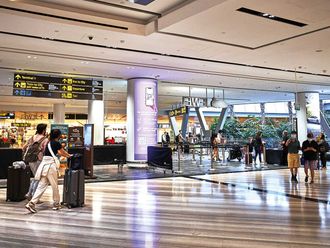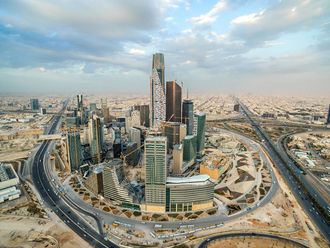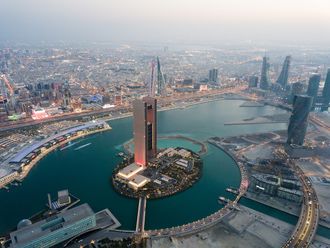Dubai: Islamic tourism is a fast-growing market in the Middle East, where religion is an integral part of daily life, as travellers seek destinations that lead to meaningful spiritual journeys, industry representatives say.
"It is a cash mine," said Dina Al Herais, Vice-President of Commercial Operations at Emirates Holidays, of the historically-rich areas of the Levant and Egypt.
But poorly developed infrastructure in these countries means governments cannot maximise tourism dollars efficiently because tourists want to travel in comfort and convenience, she said.
Globally, the faith tourism industry serves about 300 million travellers worldwide and produces an estimated $18 billion (Dh66 billion) in revenue a year.
"People are looking for more spiritual fulfilment across the world, regardless of their religion," said Mark Walsh, Group Exhibition Director, Reed Travel Exhibitions which has organised the Arabian Travel Market.
Buzz words
"Religious tourism is now one of those buzz words. It's more than just a holiday, it's identity and spirituality. Islamic tourism is not a niche market in this region. Saudi is huge in terms of tourism dollars."
Combining fun and faith, tourism authorities across the Middle East are eagerly promoting visits to sacred or historic Islamic sites and monuments.
The Egyptian Tourism Authority (ETA) is aiming for a "diversification of tourist programmes and products," according to ETA Marketing Consultant and International Campaigns Director Ayten Fouad.
In Syria the government spent 200 million Syrian lira (Dh15 million) on repairing and maintaining old Damascus in an effort to promote religious tourism, according to Damascus Chamber of Tourism representative Mamdouh Akbik.
In Saudi Arabia religious tourism represented approximately 35 per cent of total tourism in 2009 and 42 per cent in 2008, according to Munder Al Ansari, manager of the Tourist Information Department at the Saudi commission For Tourism and Antiquities.
On April 21, when 2,500 passengers were stranded in Abu Dhabi when their Etihad Airlines flights were cancelled due to the volcanic ash in Europe, the Abu Dhabi Tourism Authority (ADTA) organised a tour for them to the Shaikh Zayed Grand Mosque.
"It was not just talking about the architecture, but also to clear up misconceptions about Islam, talk about tolerance, and answer questions about Islam," said ADTA Tourism Guide Development Executive Fatima Al Melhi.
Kevin J. Wright, president of the World Religious Travel Association, believes faith tourism will remain resilient during the recession because of the commitment of religious travel consumers and because it is not a luxury but travel with a purpose.
Off the beaten track: Destinations
As pilgrims and religious travel consumers trek towards famous Islamic destinations far and wide, a few are travelling off the beaten track.
- Malaysia: The Pulau Besar or "Big Island" in the state of Melaka, was an old trading port dating to the 14th century that connected Muslim traders with merchants from the Malay Peninsula and China. Islam spread from there to the Malay Archipelago to Aceh and Sumatra in Indonesia.
- Indonesia: Home to the burial sites of Wali Songo, or nine saints, who were believed to have spread Islam in Indonesia, especially Java.
- Sri Lanka: Locals believe that Adam's Peak, a 7,360 foot mountain in southwest Sri Lanka, is the spot where Adam first stepped on earth upon descending from heaven. Pilgrims have flocked here for over 1,000 years, according to Sri Lanka: The World's Most Beautiful Island, by Emirati author Hibbat Allah Al Ghais. "Many people here see Sri Lanka as a poor country with undeveloped infrastructure where housemaids come from, but this is a misconception. It is beautiful, family-oriented, and offers halal food options and facilities for Muslims," she said.
- Turkey: Islamic sites include the Blue Mosque in Istanbul, the Hagia Sophia museum, and the Selim Mosque in Edirne in west Turkey, which is considered to be the masterwork of the great Ottoman architect Sinan.












